Czinger’s 3D-printed, AI-designed supercar is just the beginning
The last time we checked on California sports car maker Czinger, the company was racking up lap records across the globe for its 21C hybrid supercar.
Now the company is entering its next phase: beginning deliveries of the 21C to customers later this year, announcing new deals with automotive and aerospace companies to use its innovative manufacturing techniques — and looking to expand its manufacturing footprint over the next decade.
To review, the real secret sauce powering the 21C's performance — and outside investors' desire to be a part of Czinger — was the way the car was built using 3D printing, additive manufacturing (meaning using lasers and metal dust to create parts that can’t be made otherwise), and AI to design the strongest and lightest components.
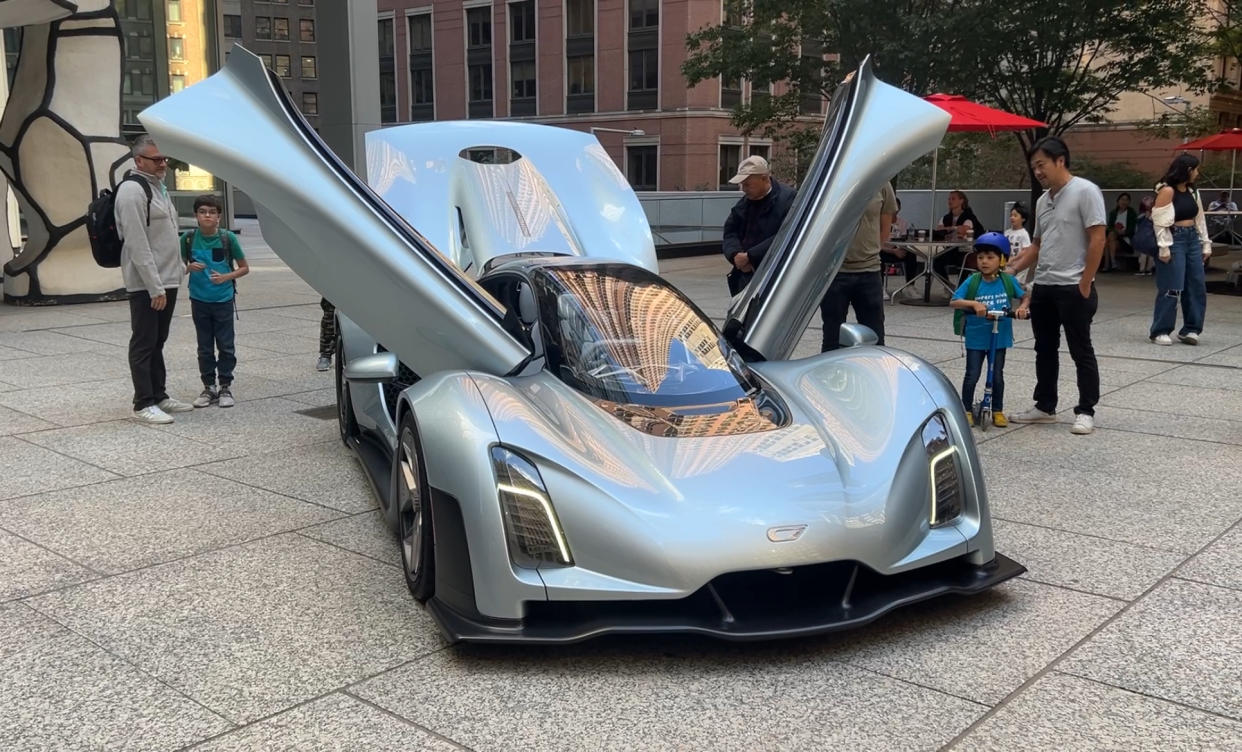
Czinger, with the aid of its manufacturing arm and parent company Divergent (which is privately held), uses these 3D-printed parts along with an innovative manufacturing process to build the 21C supercar — which costs around $2 million. And now it's doing the same for outside partners — collecting fees to make parts for Aston Martin, Mercedes, and over 30 other aerospace companies that require precision-made parts. General Atomics is the latest company to ink a deal with Divergent.
Yahoo Finance caught up with founder and CEO Kevin Czinger in Lower Manhattan, where a C21 on display for Czinger's NYC media event drew a tremendous amount of onlookers, especially shocked and delighted children.
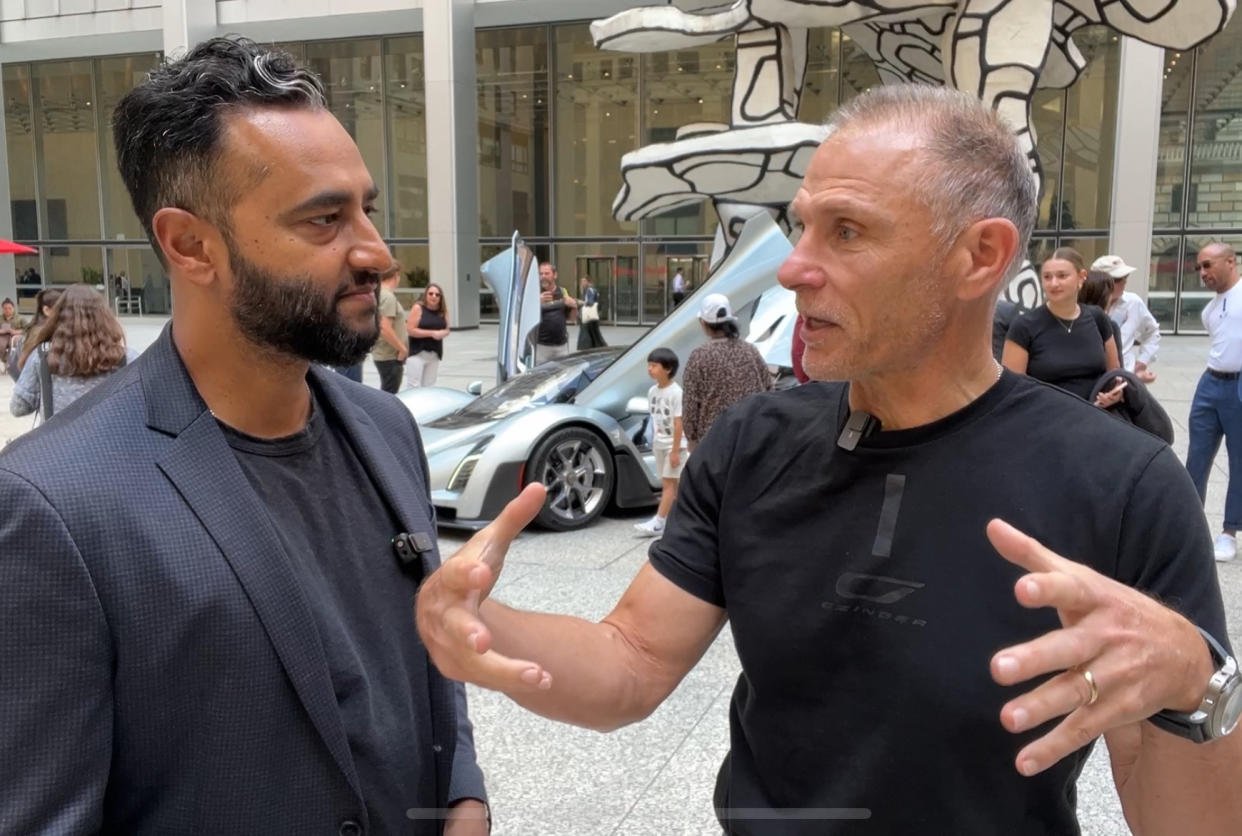
Czinger explained the design and building process for the C21’s bespoke parts, which uses AI to generate a design that meets all crash and durability requirements in the smallest, most lightweight form to maximize performance. Then additive manufacturing printers and 3D printers create "LEGO blocks," as Czinger called them, which are the parts made by the machines, and a "robotic octopus" of sorts grabs those parts and puts them together.
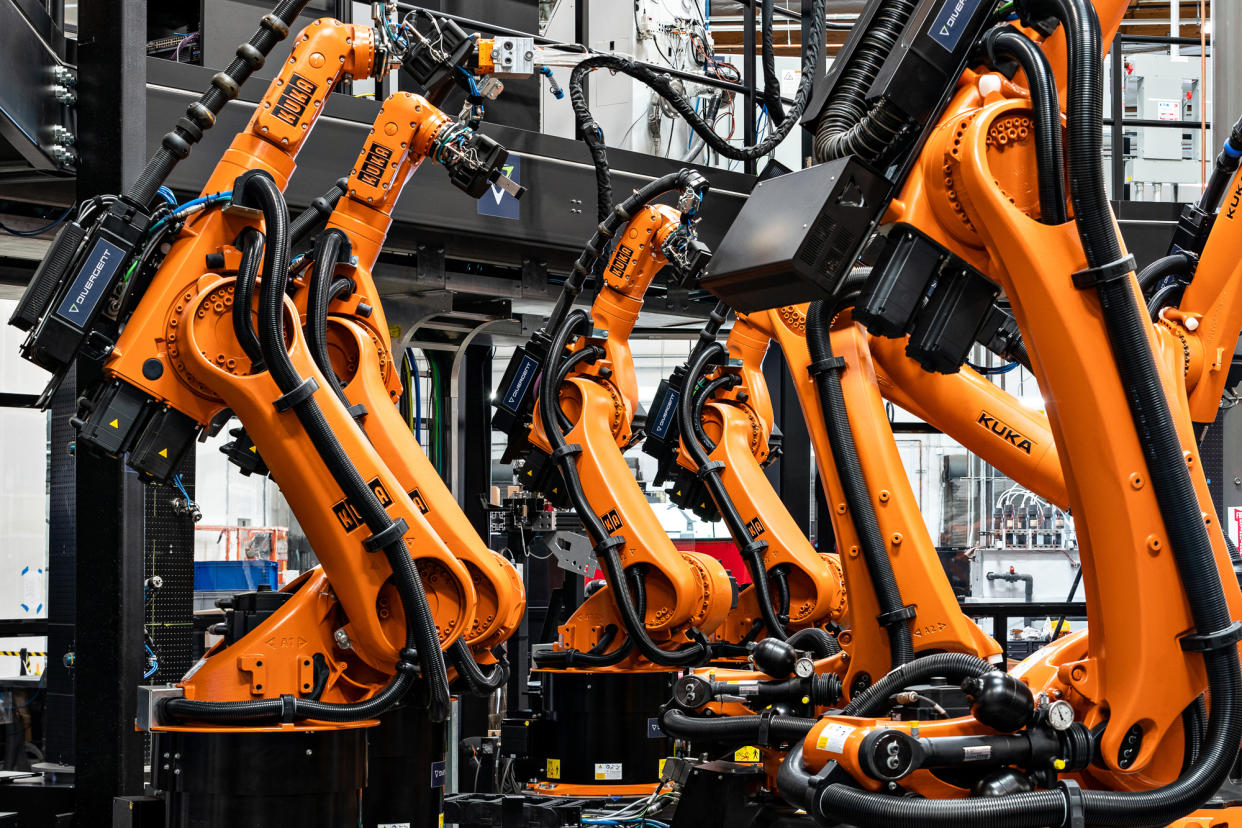
That robot octopus, as he calls it, has several robotic arms that hold and laser weld and glue parts together in almost a circular assembly area, as opposed to an assembly line. Czinger calls it a “digital assembly system.”
“We are a materials company. We're an additive manufacturing company and we're actually an assembly company as well,” Czinger COO Lukas Czinger, Kevin’s son, said. The younger Czinger points to the rear of the car, where the “clamshell” hood opens up revealing the intricate, and almost alien-like, design of the parts that make up the rear subframe that houses the engine, the suspension, and various other structural and cooling elements.
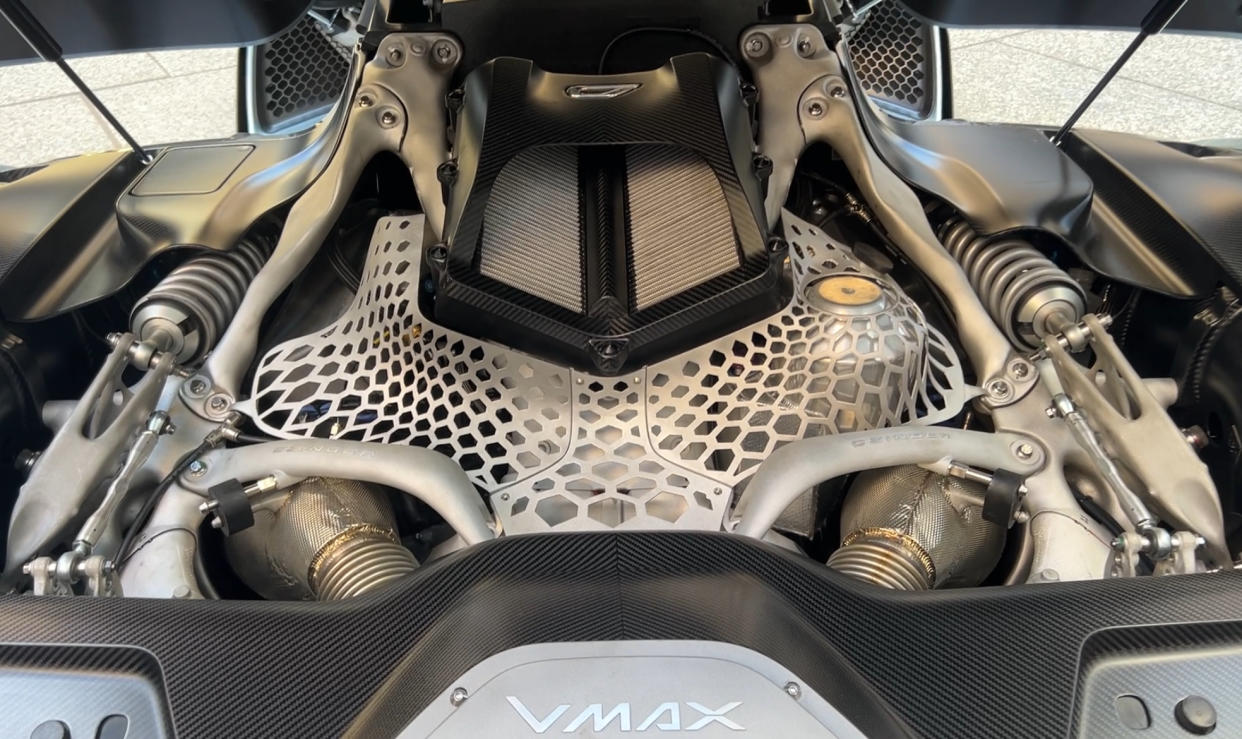
“So this rear frame right here actually represents generative design, AI-driven generative design, novel aluminum alloys, 3D printing, and fixture assembly,” he said. Czinger noted this area of the vehicle represents about 450 patents; the system overall has about 650 patents on it now.
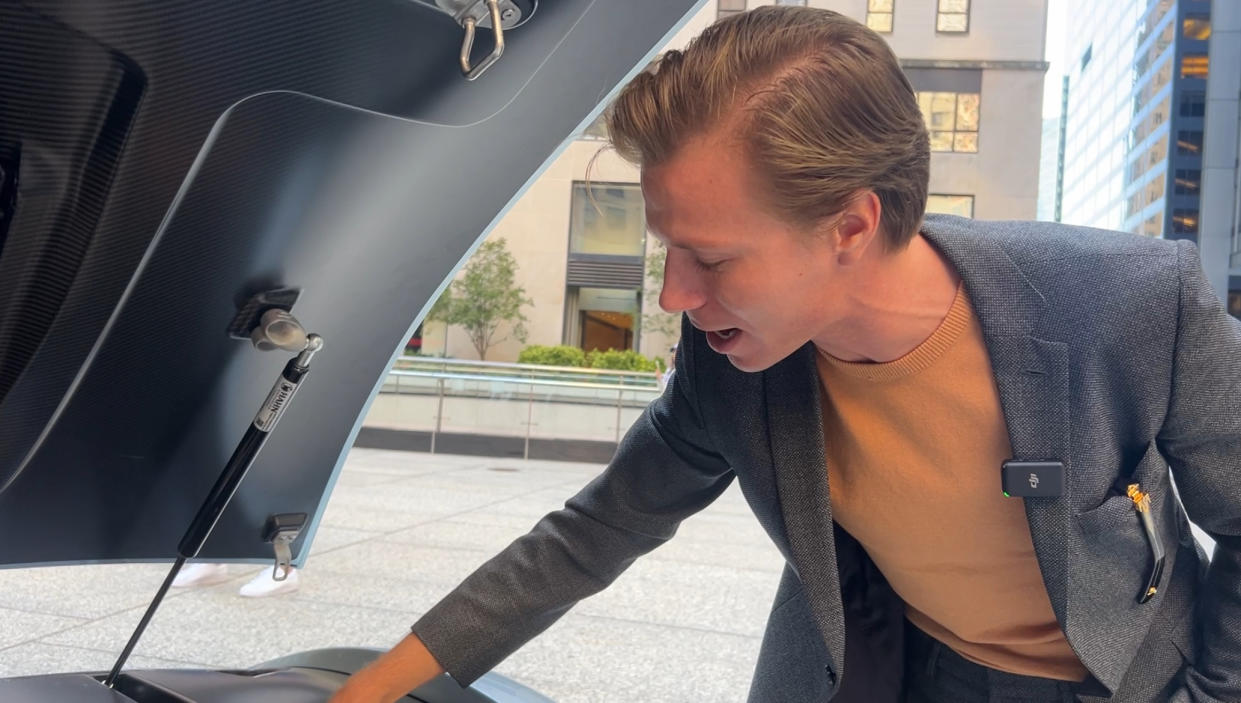
As for its clients, some need custom, 3D-printed parts, along with the 80 customers who ordered C21 supercars, with deliveries starting in Q4 of this year.
And that means Czinger and Divergent need to grow, fast. In addition to facilities at its Torrance, Calif., headquarters near Los Angeles International Airport, the company intends to build 30 more facilities by the end of the decade to design, fabricate, and build custom parts at scale. The company has raised over $700 million to date, so capital shouldn't be a problem for Kevin and Lukas Czinger, at least for the moment.
Pras Subramanian is a reporter for Yahoo Finance. You can follow him on Twitter and on Instagram.
Click here for the latest stock market news and in-depth analysis, including events that move stocks
Read the latest financial and business news from Yahoo Finance
